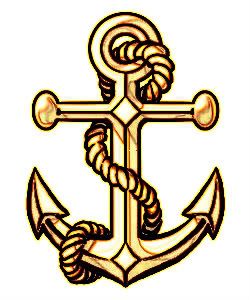It may not appear so at first, but such a stakeholder has put down an anchor. By that I mean it's a point of reference for all others to refer to. Instead of the PM estimate as the anchor, from which the nemesis' position is seen as an unfavorable variance, the nemisis has actually changed the anchoring point.
Now, everyone seem to measure the variance from the place where the stakeholder is standing.
Is there lemonade here?
Actually, as matter of risk management strategy, by changing your charts to show that your project is a positive variance away from the "new normal", you've changed the "anchor" from 'adjusting upward to' to adjusting 'downward' in one stroke. Usually, going downhill is easier. That is, if the stakeholder is so persuasive as to carry the day, setting a revised and upward benchmark, and you have a way to do better, changing the anchor may well work to your advantage.
Be careful not look a gift horse in the mouth; you may be able to benefit from the gift!
To read more about anchoring, check out a 1974 paper by Tversky and Kahneman that explains the concept.
Photo credit: kyekye4 on photobucket.com

